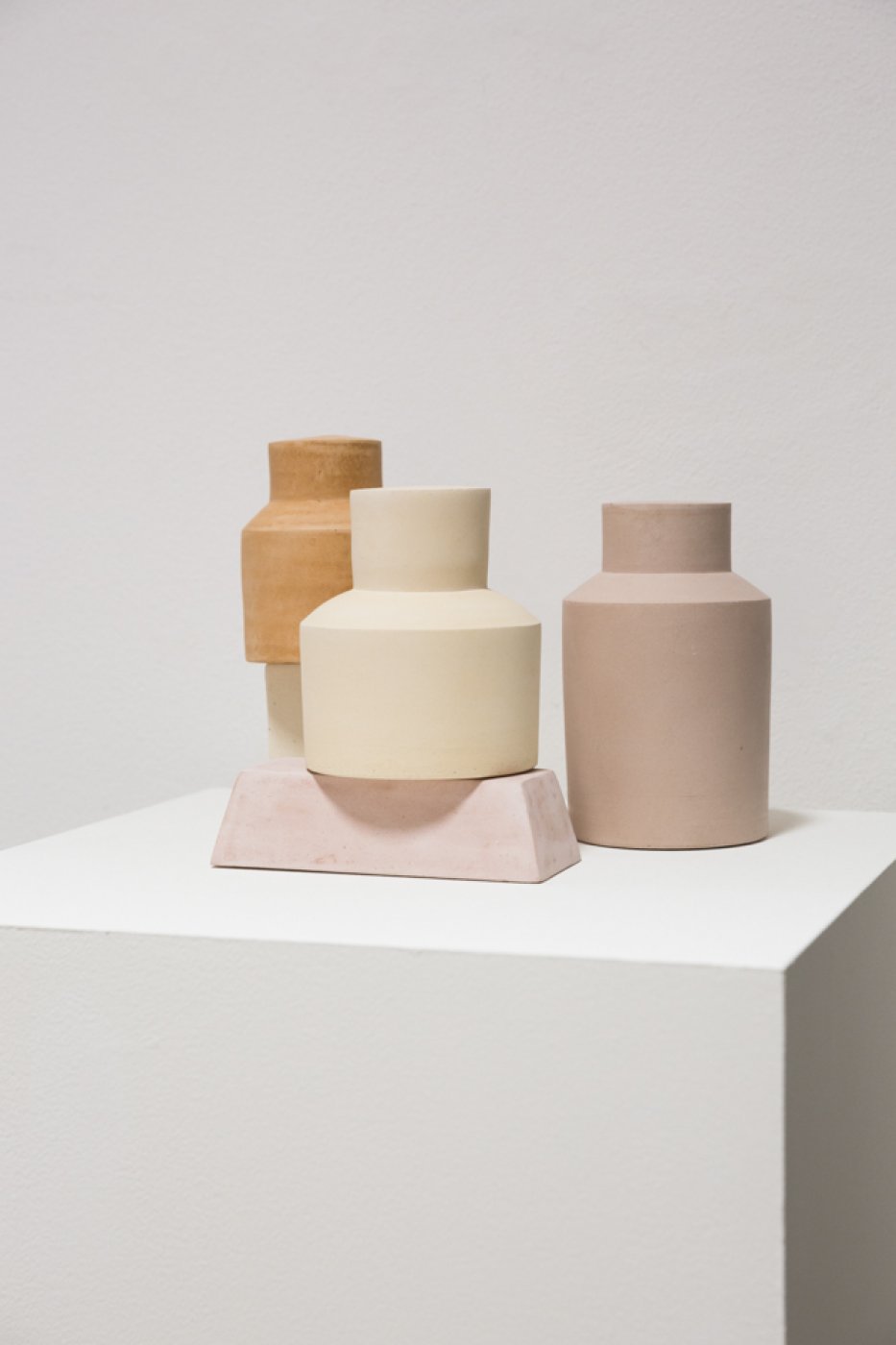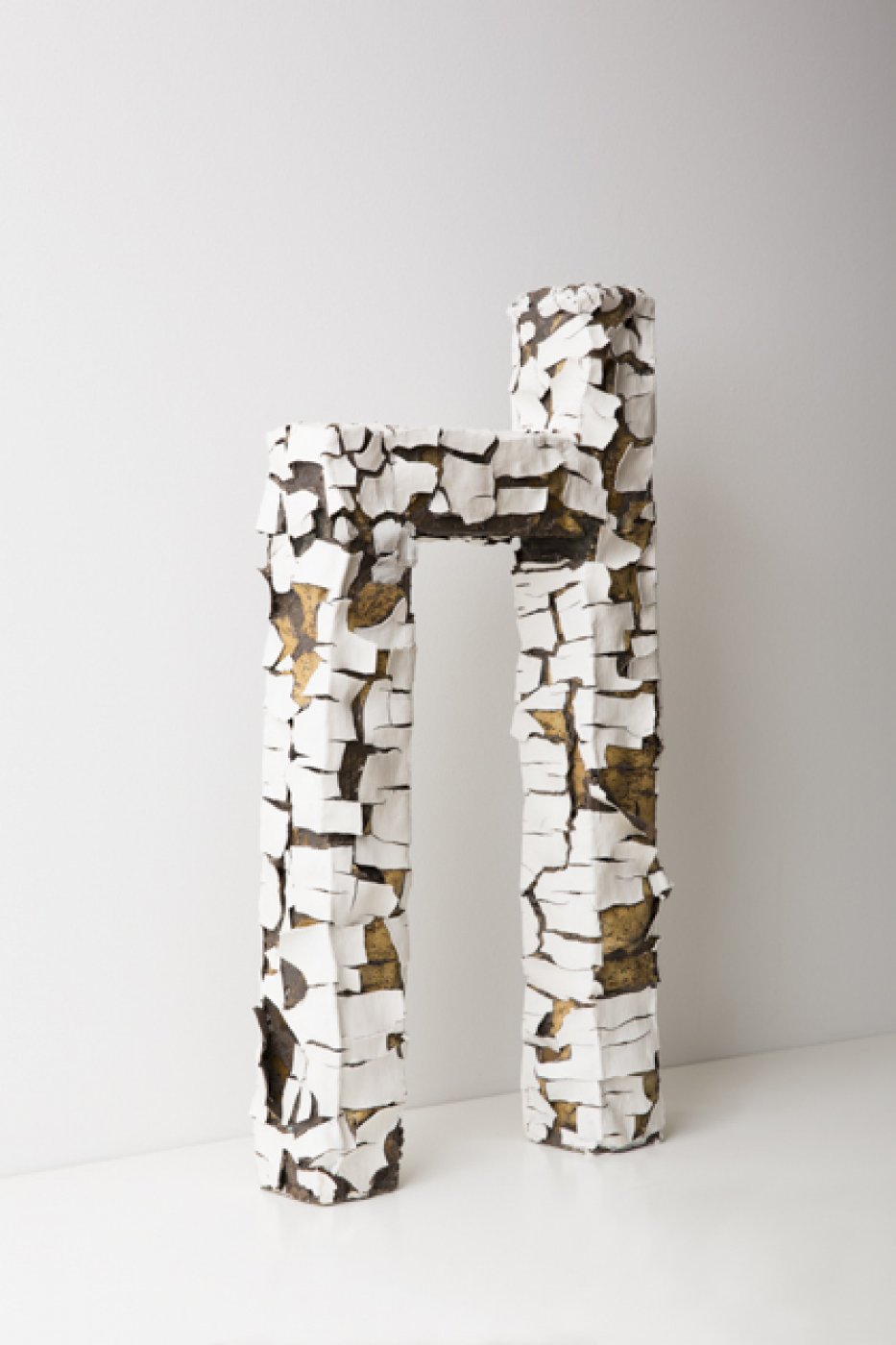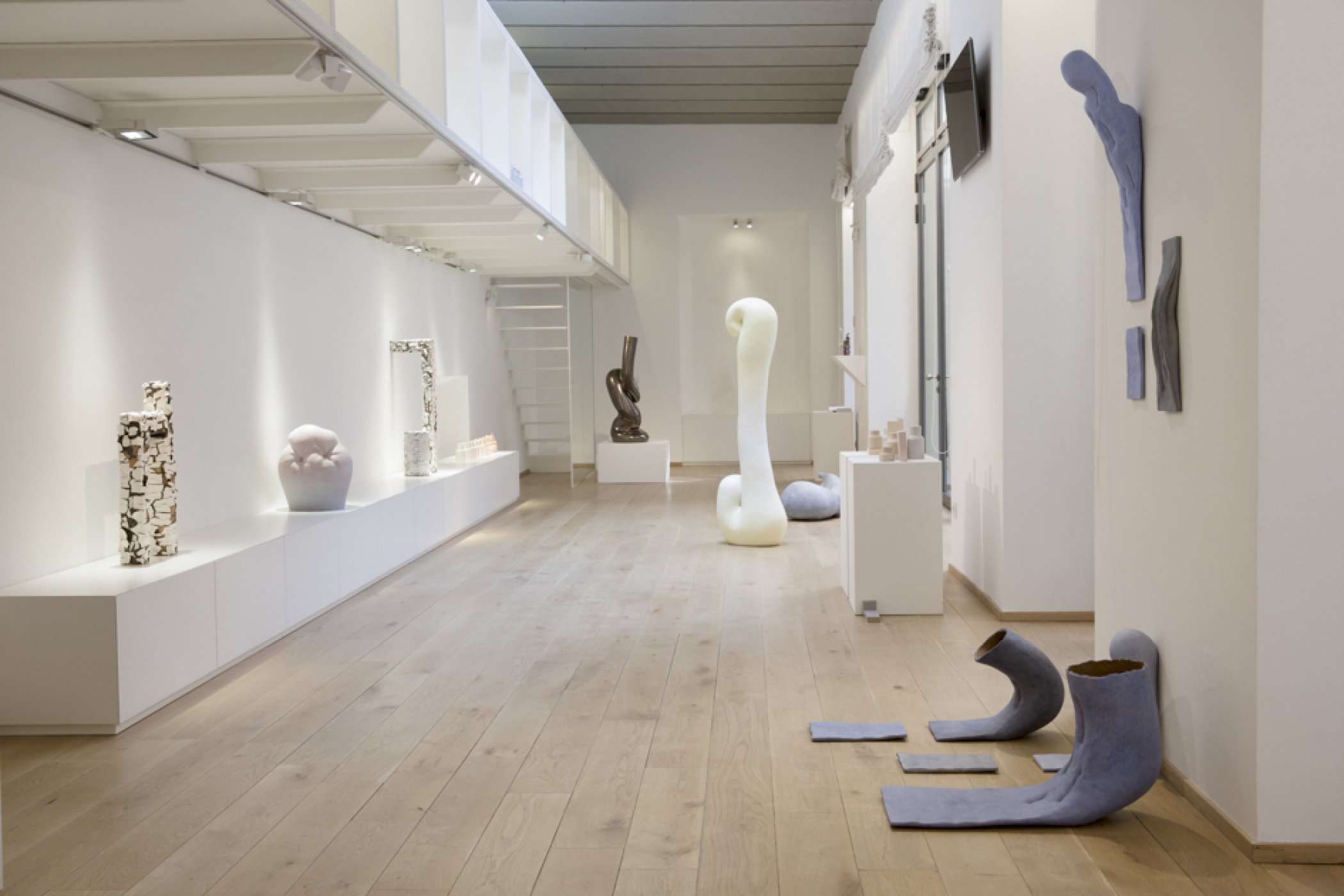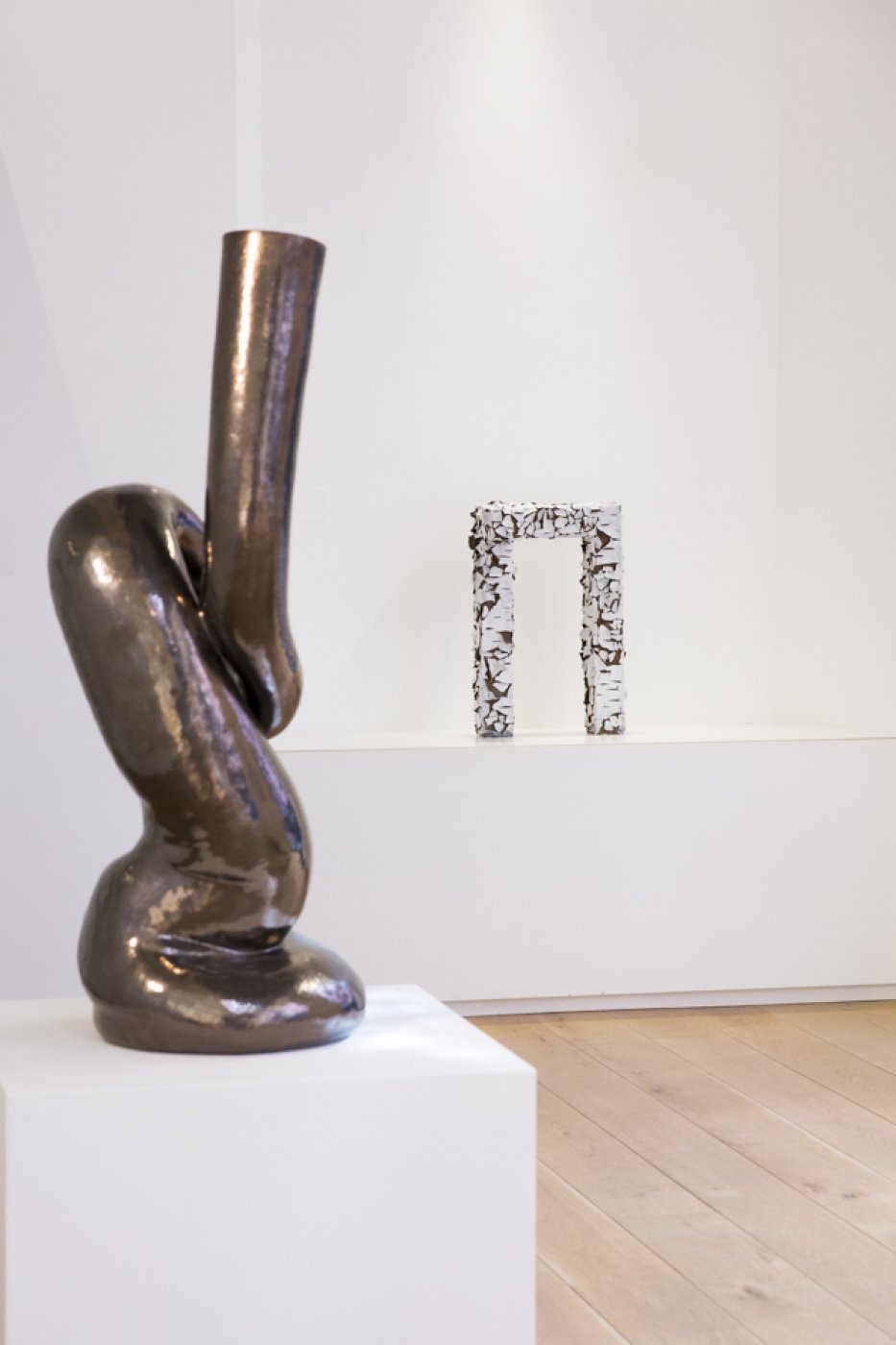Irina Razumovskaya, Mariko Wada. Ritual Voids.
Officine Saffi, Via Aurelio Saffi 7, 20123, Milan
30 September – 9 November 2016
Opening reception: Thursday, 29 September 2016, 6.30 p.m.
30 September – 9 November 2016
Opening reception: Thursday, 29 September 2016, 6.30 p.m.
On Thursday, September 29, Officine Saffi inaugurates the exhibition IRINA RAZUMOVSKAYA I MARIKO WADA. Ritual voids. A compelling research into international contemporary art, that sees two artists in comparison, approaching from two different regions of thought, even though they are in direct contact: Irina Razumovskaya (born 1990 in Leningrad, USSR) and Mariko Wada (born 1972 in Osaka, Japan, living in Denmark since 1998). In the curatorial text for the exhibition, Genevra Bria writes:
The work of Irina Razumovskaya includes both sculpture and painting. The artist evokes functional forms, containers in a state of evolution by using clay, an everlasting, poetic and highly expressive material. Starting from her classical education and the history of ceramics, she often works intuitively, tacitly using the knowledge that ceramics expresses and the aesthetic motivations of every particular instant.The possible behaviours of ceramic are very different, and for this reason the artist avoids constructing narrative projections in her work, using historical symbols that the viewer unconsciously relates to, and instead she prefers to let the nature of the material itself create its own image and identity within space. “Virtually the opposite - says Irina - painting for me, means capturing the ephemeral essence of things. I always try to depict the moment or feeling of objects, landscapes and people, by using the fluid beauty of tempera and the unexpected effects that it can produce fortuitously, or that I voluntarily induce. For me, this blend of elements generates an evanescent appearance, a freshness of brushstrokes that capture the moment and the pleasure of painting it, like an act of generosity created by the surprise of something poetic and profound." With her Japanese background Mariko Wada has a natural perspective on the international ceramics scene and the reality of the globalised world. In recent years her works have explored the role of ceramics in a reality that is largely mediated and virtual. The special physical qualities of ceramics allow her works to heighten the appreciation of object and space respectively; two basic human anchor points that are greatly subjected to mediatory influences. By using the organic plasticity and material immediacy of ceramics, she creates works that demand physical presence and that can be described as the artistic medium that is closest of all to the person. Clay is worked directly with the hands in an intensive process that often lasts hours and days. The slow, intense working process gives ceramic objects a special immediacy. The result is not an image, but concrete, physical objects that anchor the person in a ‘here and now’ of bodiless and sensation. Ritual voids demonstrates the ability of Razumovskaya and Mariko Wada “to cross that grey area that exists in the ritual act” – that represent the point of convergence towards Unity - …“in the various degrees of penetration of the vacuum, in order to reach the dimensions of the mind, the labyrinths that can contemplate disorder.” “In the area of ritual, according to the various degrees of penetration of the vacuum, there is always a grey area to be crossed in order to reach the dimensions of the mind, the labyrinths that can contemplate disorder.” Those who return from those inaccessible regions always bring with them a power, a capability of transcendence that makes universal the creative act.
“Ritual voids explores the act of creation that lies at the origin of their work; they are two sculptors, two ceramists, and their activity is a liturgy of purity and constant initiation. Not just a sequence of gestures, but motion consisting of the countless ventures of an interior world, actions that, when applied to articulate and inarticulate forms, transform them into biomorphic and metamorphic objects. Their volumes conserve their phenomenological space, maintained by the space that seems to generate them from within. Volumes that conserve their power to perpetuate a state of sculptural persistence within space, from inside the vacuum generating them.”
The work of Irina Razumovskaya includes both sculpture and painting. The artist evokes functional forms, containers in a state of evolution by using clay, an everlasting, poetic and highly expressive material. Starting from her classical education and the history of ceramics, she often works intuitively, tacitly using the knowledge that ceramics expresses and the aesthetic motivations of every particular instant.The possible behaviours of ceramic are very different, and for this reason the artist avoids constructing narrative projections in her work, using historical symbols that the viewer unconsciously relates to, and instead she prefers to let the nature of the material itself create its own image and identity within space. “Virtually the opposite - says Irina - painting for me, means capturing the ephemeral essence of things. I always try to depict the moment or feeling of objects, landscapes and people, by using the fluid beauty of tempera and the unexpected effects that it can produce fortuitously, or that I voluntarily induce. For me, this blend of elements generates an evanescent appearance, a freshness of brushstrokes that capture the moment and the pleasure of painting it, like an act of generosity created by the surprise of something poetic and profound." With her Japanese background Mariko Wada has a natural perspective on the international ceramics scene and the reality of the globalised world. In recent years her works have explored the role of ceramics in a reality that is largely mediated and virtual. The special physical qualities of ceramics allow her works to heighten the appreciation of object and space respectively; two basic human anchor points that are greatly subjected to mediatory influences. By using the organic plasticity and material immediacy of ceramics, she creates works that demand physical presence and that can be described as the artistic medium that is closest of all to the person. Clay is worked directly with the hands in an intensive process that often lasts hours and days. The slow, intense working process gives ceramic objects a special immediacy. The result is not an image, but concrete, physical objects that anchor the person in a ‘here and now’ of bodiless and sensation. Ritual voids demonstrates the ability of Razumovskaya and Mariko Wada “to cross that grey area that exists in the ritual act” – that represent the point of convergence towards Unity - …“in the various degrees of penetration of the vacuum, in order to reach the dimensions of the mind, the labyrinths that can contemplate disorder.” “In the area of ritual, according to the various degrees of penetration of the vacuum, there is always a grey area to be crossed in order to reach the dimensions of the mind, the labyrinths that can contemplate disorder.” Those who return from those inaccessible regions always bring with them a power, a capability of transcendence that makes universal the creative act.





